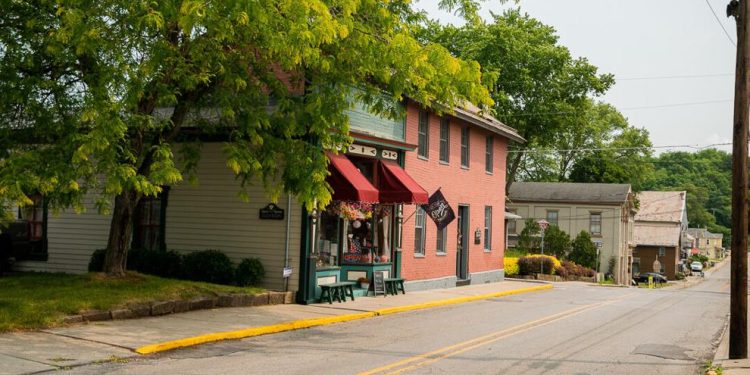By Anthony Hennen | The Center Square
(The Center Square) — An entire commission may soon be dedicated to unwinding rural Pennsylvania’s population spiral.
Spurred by an October report from the Center for Rural Pennsylvania warning of a 5.8% population loss for rural counties by 2050, legislators want to create a commission to study what can be done to reverse those trends.
The Pennsylvania Rural Population Revitalization Commission would release a report every two years to direct legislators toward proactive change.
Rep. Eddie Day Pashinski, D-Wilkes Barre, argued the commission is “absolutely imperative” and takes a stand against “the acceptance of inevitability.”
“This will serve as the platform for policymakers, local officials, and subject-matter experts to collaborate on revitalization strategies for rural Pennsylvania,” he said at a press conference Tuesday.
“We are demonstrating our commonwealth’s commitment to the wellbeing of all its residents,” Pashinski said.
Legislators spoke of the need to ensure high-quality health care, education, workforce training, and, especially, housing.
“What we really need to do, if we want all the basic ingredients for growing our rural communities: You need housing, you need health, you need industry, you need tech, and you need something for people to do as far as recreation,” Rep. Dan Moul, R-Gettysburg, said. “All these things go together in my view; this is what will make rural Pennsylvania thrive and grow because we can’t let it die on the vine.”
They warned of a domino effect: population loss drives more population loss, making it harder to pay for essential services, making it harder to build new housing, and making it harder to sustain a hospital or a community health facility. To pull rural Pennsylvania out of that tailspin, Sen. Gene Yaw, R-Williamsport, argued that legislators don’t have time to waste.
“(We can) look at it as ‘we can be really scared of these population changes — or people can look at it as an opportunity,” he said.
The lack of new housing to drive down housing prices has been a recurring issue across Pennsylvania: urban, suburban, and rural alike. The commonwealth faces labor shortages and permitting delays; other states build new housing months faster on average than Pennsylvania. Historical building patterns in small towns that encouraged density have given way to rules that make it harder for developers to build less expensive homes.
Rules and regulations were a theme as a stumbling block to rural growth — for housing or otherwise.
“One of the things I heard over and over again in the hearings that we had across rural Pennsylvania: regulation,” Moul said. “Regulation stops us from doing this, regulation stops us from doing that.”
He gave an example of a town “that was hanging on by its fingernails” that couldn’t get developers to build housing because it would require federal grants to make it sustainable, but would also drive up costs that would kill the project.
Taking action soon, legislators argued, is crucial.
“We don’t have time to waste,” Yaw said.



